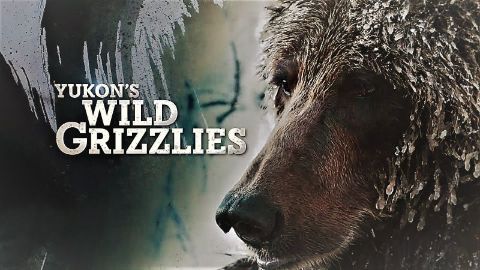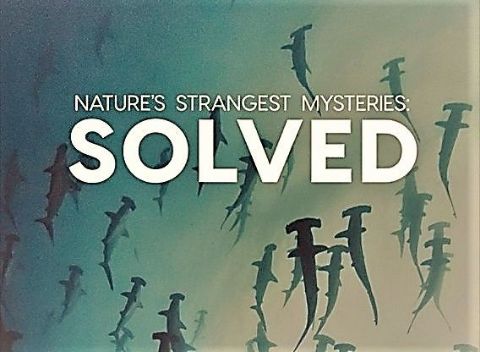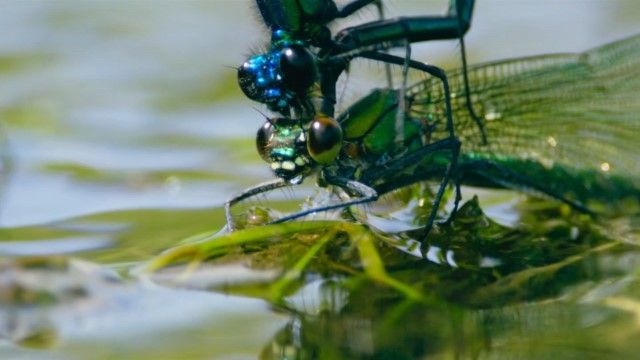You might also like
This episode details the relationship between flowers and insects. There are some one million classified species of insect, and two or three times as many that are yet to be labelled. Around 300 million years ago, plants began to enlist insects to help with their reproduction, and they did so with flowers. Although the magnolia, for instance, contains male and female cells, pollination from another plant is preferable as it ensures greater variation and thus evolution. Flowers advertise themselves by either scent or display. Some evolved to produce sweet-smelling nectar and in turn, several insects developed their mouth parts into feeding tubes in order to reach it.
4/13 • Life on Earth • 1979 • Nature
Filmed over two years in a remote part of the Canada. Cameras observe a young female grizzly as she grows into adulthood. Filmed over two years, the documentary features vistas of open plains on the Arctic Circle and frigid rivers in vast mountain ranges. Against the backdrop of the vast Yukon tundra, the climate changes from frigid winter to spring thaw with a brief sunny season in-between. The cast of characters features hulking male grizzlies, mothers and cubs socialising until the salmon runs begin. Female bears must consume enough salmon during this brief time in order to sustain the cubs that will be born during the winter.
2021 • Nature
Fortey is on Hawaii to investigate how life colonises a newly-born island. The most remote island group in the world, by some estimates only one new species successfully colonised Hawaii every 35,000 years - yet the Hawaiian Islands teem with a great diversity of life. In search of the evolutionary secrets of how one species becomes many, Fortey encounters beautiful honeycreeper birds whose evolution rivals that of the Darwin's famous finches; carnivorous caterpillars who now can't eat leaves; and giant silversword plants that thrive in parched volcanic soil at 10,000 feet.
Part 1 • Nature's Wonderlands: Islands of Evolution • 2016 • Nature
A look at what would dare take on the ocean's deadliest predator, why a spider lights up like a Christmas tree, and why a wild animal begins to deliver unwanted newspapers like a paperboy.
S1E1 • Nature's Strangest Mysteries: Solved • 2019 • Nature
Metamorphosis seems like the ultimate evolutionary magic trick - the amazing transformation of one creature into a totally different being: one life, two bodies. From Ovid to Kafka to X-Men, tales of metamorphosis richly permeate human culture. The myth of transformation is so common that it seems almost pre-programmed into our imagination. But is the scientific fact of metamorphosis just as strange as fiction or... even stranger? Filmmaker David Malone explores the science behind metamorphosis. How does it happen and why? And might it even, in some way, happen to us?
2013 • Nature
The wildlife that lives in Britain's freshwater environments. Atlantic salmon battle their way upstream in one of the greatest migrations on the planet, beavers slow the flow with their expert dam-building, and toadlets have to cross a killing zone patrolled by carnivorous leeches. Where rivers spread out to form beds of reeds, great crested grebes pair up in courtship ceremonies, and small agile birds of prey swoop low to catch dragonflies.
S1E4 • Wild Isles • 2023 • Nature





